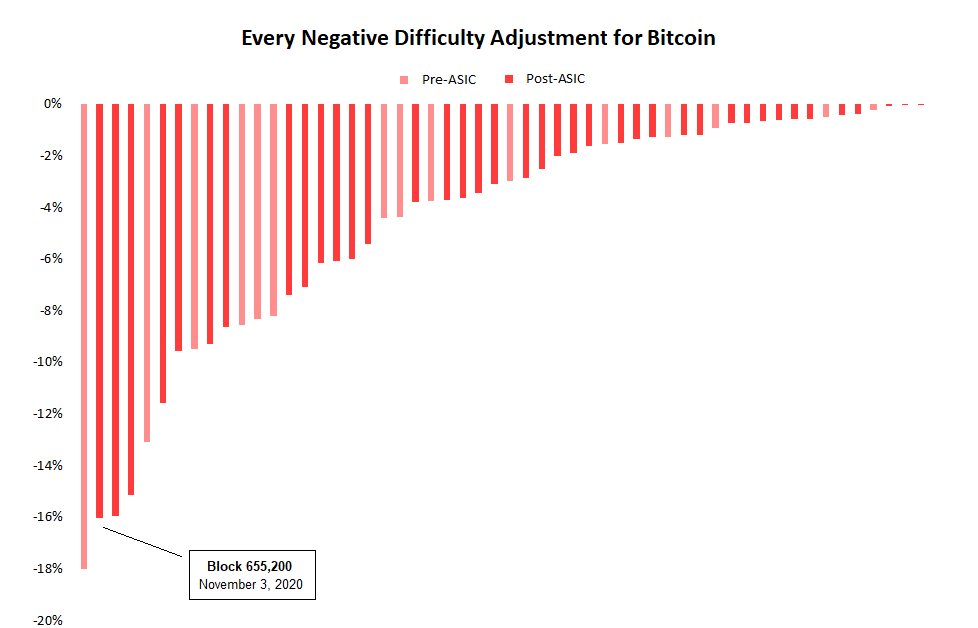The crypto assets market has grown remarkably over the past 15 years, peaking at a $3 trillion valuation in 2021, with over 26,000 listed cryptocurrencies. This growth has attracted retail and high-net-worth investors, family offices, university endowments, and even pension plans.
The entry of reputable TradFi firms such as Goldman Sachs, Fidelity, and Blackrock into the crypto space underscores the growing institutional acceptance and maturity of digital assets and has facilitated broader market participation.
Despite the strong demand for digital assets, there is still debate as to how to best to gain optimal exposure and manage risks. Many investors hold cryptocurrencies like Bitcoin or Ether, or have invested in spot BTC ETFs, but a third option exists: crypto index funds. These funds offer diversified exposure to digital assets.
You’re reading Crypto Long & Short, our weekly newsletter featuring insights, news and analysis for the professional investor. Sign up here to get it in your inbox every Wednesday.
Sophisticated investors recognize the need to diversify portfolios, anticipating that as inflows into Bitcoin ETFs slow, so will volatility, reducing the potential for attractive risk-adjusted returns. Institutional investors are increasingly seeking exposure to a broader set of cryptocurrencies that complement traditional equity holdings, which is where index funds come in. Crypto index funds are investment vehicles that track the performance of a basket of various cryptocurrencies, offering investors diversified exposure to the digital asset market without the need to buy individual cryptocurrencies directly. Currently, over a dozen crypto index funds are marketed to investors, ranging from $1 million to several hundred million dollars in assets under management.
Historically, good or bad news (idiosyncratic risk) about a specific crypto asset tends to be priced into the market quickly. That is to say that current market prices generally reflect what is currently known about these assets, creating some degree of price efficiency. Ideally, investors need to rebalance their portfolios frequently to capitalize on market movements and manage volatility. However, most active managers do not offer sufficient liquidity for this frequent rebalancing, consequently, most investors maintain very small position sizes. Given these challenges and the market’s nascency, adopting a diversified index strategy is sensible for those seeking broad exposure to this opportunity set.
Cryptocurrency index funds provide institutional investors with a streamlined approach to gain exposure to digital assets. Although typically distinct from venture capital investments, these index funds share a similar strategy in managing risk through diversification. By investing in the top crypto assets by market capitalization, they offer a way to mitigate some of the infancy risks associated with individual cryptocurrencies, much like how venture capital spreads investments across numerous startups to balance the high failure rate with the potential for substantial successes.
A key consideration for index funds is the number of cryptocurrencies they represent. While opting for the ten largest cryptocurrencies by market capitalization has been the norm, expanding the index to 25 accounts for 92% of the total crypto market capitalization. Some might seek to diversify even more with the top 50, but this would only marginally increase market cap coverage by 3%.
There are downsides to extending the universe of cryptocurrencies included in an index fund. It is advisable for investors to note whether an index fund includes meme coins, which have minimal developmental goals and are typically seen more as artistic expressions or cultural commentary. The higher volatility associated with meme coins also makes them unsuitable for an institutional portfolio.
For long-term investors who can forgo intra-monthly liquidity, staking assets held by the index can help protect against dilution as the coin supply of protocols grows over time. Staking assets allows investors to participate in the transaction verification process of proof-of-stake blockchains, with the chance to earn rewards, similar to equity dividend yields.
As institutional adoption of digital assets continues, it is imperative for investors to assess how best to gain exposure to the space and work with trusted partners to navigate the complexities of the crypto ecosystem. While an index fund is not the only way to invest in digital assets, there are strong arguments for it to be viewed as a foundational building block for an institutional portfolio to gain a more controlled and diversified exposure.
Note: The views expressed in this column are those of the author and do not necessarily reflect those of CoinDesk, Inc. or its owners and affiliates.
Edited by Benjamin Schiller.









